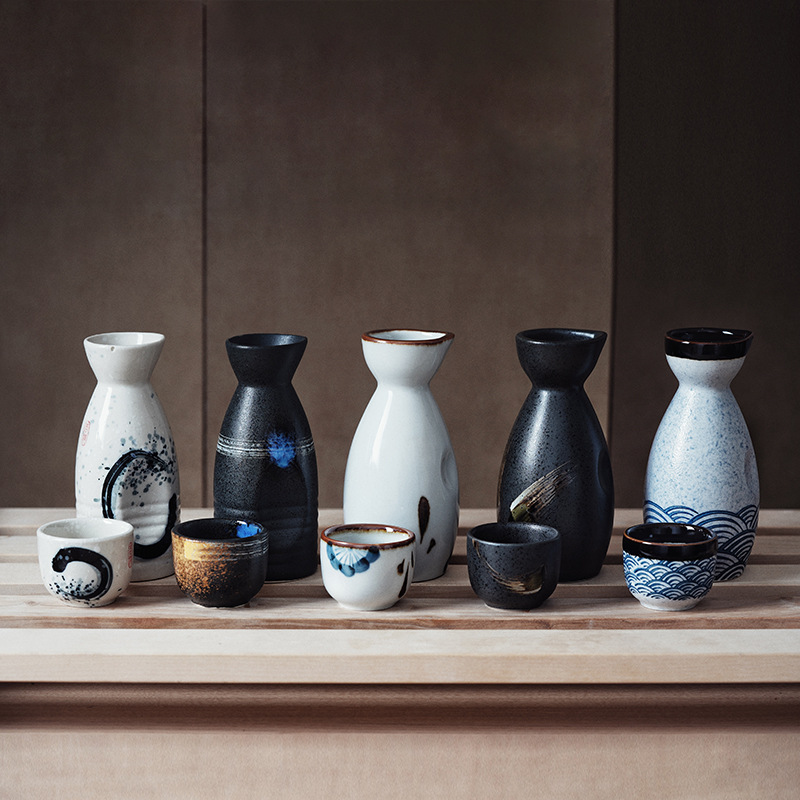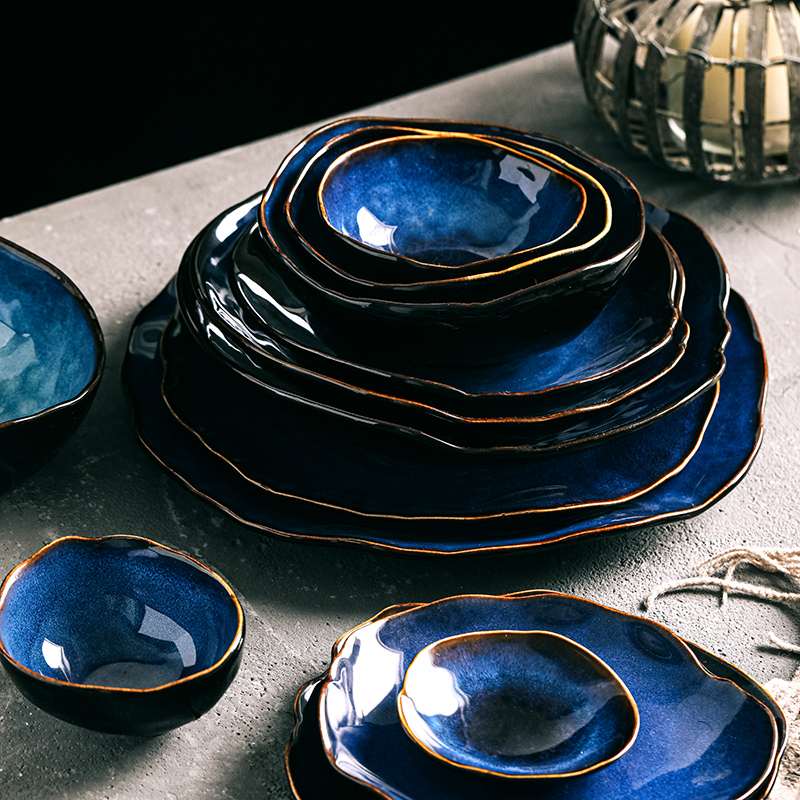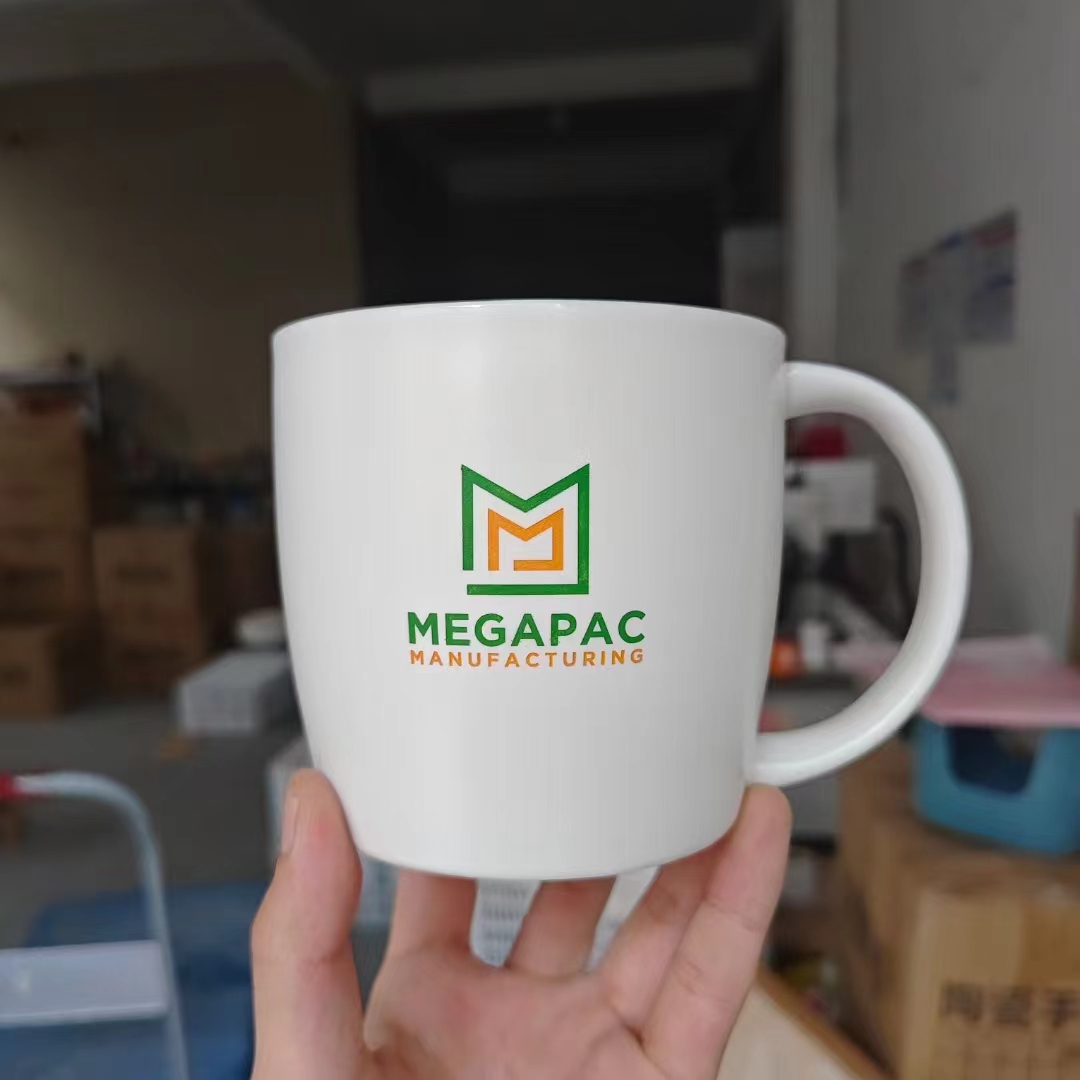3 Differences Between Jingdezhen and Dehua Porcelain
(Originally published March 3, 2019)
Chinese porcelain is synonymous with two cities in China, Jingdezhen in Jiangxi Province, and Dehua in Fujian Province. Both regions came to be centres for porcelain production at different times, serving different markets. Both cities remain the most important centres for porcelain in China. Although exceptions exist, there are three main differences between the industries in each city.
1. Cuture
Jingdezhen
Jingdezhen has the longer history of the two cities with over 1000 years of porcelain production, and is credited for being the cradle of porcelain.
Jingdezhen attracted the early attention of Chinese emperors, becoming the chosen site for the Imperial Kilns (ceramic production made exclusively for the government). With the discovery of kaolin clay in the hills surrounding Jingdezhen, hard paste porcelain was born and Jingdezhen became the centre of its production.
By the Ming Dynasty, the Imperial kilns of Jingdezhen were producing large quantities of porcelain for the Royal Family, the Imperial Court, and for the Emperor to give as gifts.
With its long history of official support, the emphasis in Jingdezhen has historically been on quality and technique. Cost and profit were not driving considerations here, as they were elsewhere, thanks to the Emperor’s patronage.
Although Jingdezhen has passed through periods of great upheaval over the last hundred years, particularly since 1949, the Imperial legacy of the city lives on in the small studios, neighbourhood kilns and state support that characterize the city to this day. While mass-production can also be found here, this doesn’t characterize the heart of the industry in the city.
DEHUA
Dehua has been producing porcelain for hundreds of years. The city became a centre of porcelain production beginning in the Ming Dynasty, and benefits from an abundance of very pure kaolin clay from the surrounding area.
From the beginning, the focus of Dehua porcelain production has been for the private market, including export. While Jingdezhen enjoyed a monopoly on the production of porcelain for the Imperial Court, the studios in Dehua focused on producing porcelain for everyone else. Besides being sold on the private domestic market, Dehua porcelain was also exported abroad, making up the bulk of porcelain exported to Europe in the 18th century.
Dehua became famous for its porcelain statues and sculptures, sold in China and abroad. This production has been ongoing since at least the 16th century and continues today.
Today Dehua is home to a collection of very mature factories producing porcelain for the domestic and export markets. Unlike Jingdezhen, production in Dehua has been largely driven by the costs and profit of producing for popular consumption. While studios producing high-end handmade products exist in Dehua – just as mass-production exists in Jingdezhen – the majority of production is mass-production geared towards producing wares for everyday use.
2. Material
Jingdezhen
Although Jingdezhen is credited with the birth of true porcelain using kaolin, the source of kaolin has long since been exhausted in the surrounding area. Jingdezhen studios import kaolin clay from other sources in China. As a result, Jingdezhen does not enjoy as cheap and abundant a source of kaolin as Dehua. The higher cost of the material for porcelain production in Jingdezhen means the city is a less ideal site for mass-production.
Dehua
Dehua was able to become the second centre of porcelain production during the Ming Dynasty because of the great abundance of high-quality kaolin clay in the surrounding area. The purity of kaolin in Dehua is the best in the country and gave Dehua porcelain its very bright white colour, known as Blanc de Chine in French or “White from China.” Compared to kaolin from Jingdezhen, Dehua kaolin has less iron oxide. The purity of kaolin in the mixture of Dehua porcelain not only makes it exceptionally bright white, but also quite malleable even by porcelain standards. It is an ideal material for shaping, whether by pottery wheel, mould, or machine press.
3. Painting and Glazing
Lastly, the main difference between the two cities can be found in the process of applying paint and glaze and firing the porcelain.
Jingdezhen produces many different kinds of glazed and painted porcelain, but largely the city’s reputation is for artistic, hand painted pieces, often finished by firing at very high temperatures (+1,300 °C).
Dehua produces mainly low-to-medium-fired painted porcelain, and most painted designs are printed rather than painted by hand. While hand painted pieces are produced in Dehua, many factories have chosen to automate the job of painting, applying a printed design to save time and money, and to standardize the finished product. Porcelain is fired at a lower temperature for the same reasons. It is less costly because firing at a lower temperature requires less energy, and because the product is less likely to be damaged when fired at a lower temperature. A predictable, efficient and standardized production process is more important in Dehua porcelain production. In Jingdezhen, losing a certain number of pieces in the process of firing is often seen as the price for pursuing a high level of quality in a traditional art.
Despite the differences, both Jingdezhen and Dehua are at the heart of porcelain production in China, and both produce porcelain used by countless tea drinkers worldwide. Both are excellent sources of porcelain teaware.
 Japanese Style Sake Cup Sets with Pot
Japanese Style Sake Cup Sets with Pot
 Home Living for Ceramic Dinnerware Sets and Mugs
Home Living for Ceramic Dinnerware Sets and Mugs
 Colorful Laser Engraving Logos
Colorful Laser Engraving Logos

